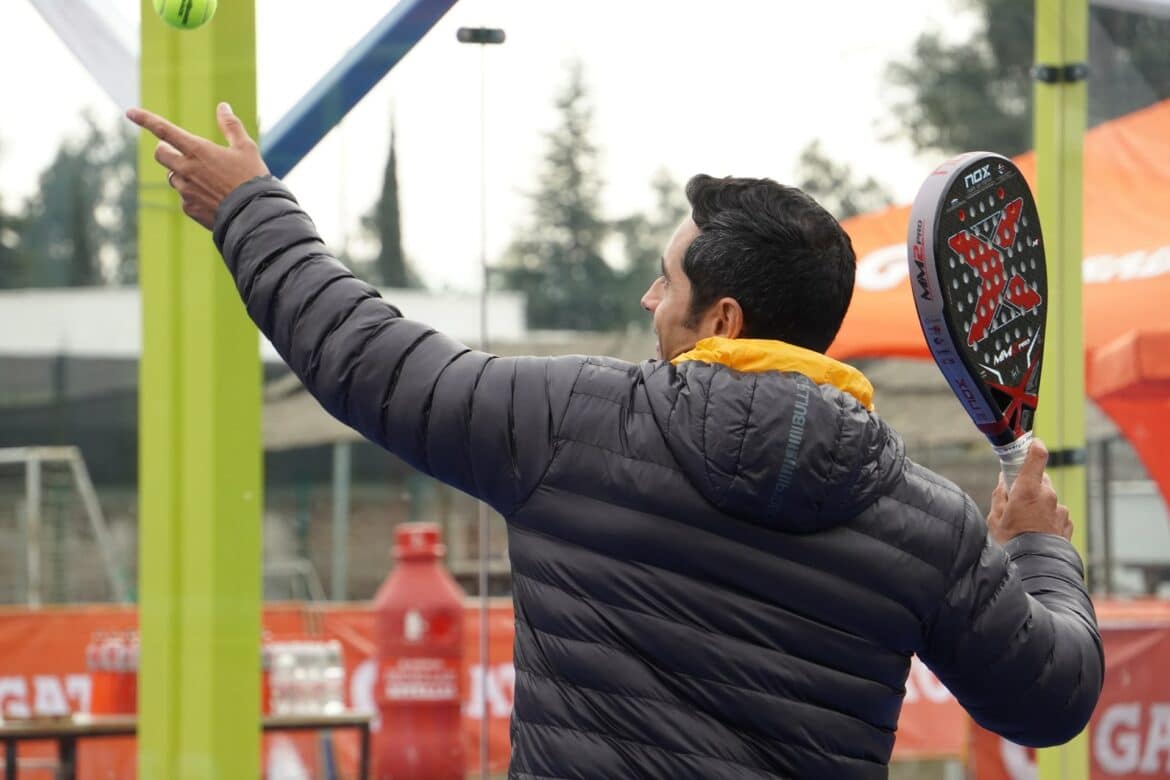The famous agility
Padel has a large social component that we love to put on the table for discussion before and after the game, surely you could have recommended the previous post we wrote a few months ago about agility, if not, we recommend you read it.
Agility concerns, among other very important things, our game and how we apply it to our opponents’ game
Before you go to the post to dig into the guts of this attractive concept, I recommend that you take just a few minutes to understand what the role of agility is in the player and what factors are associated with it.
Where is agility included?
First of all, you have to understand that it is part of a general term widely known as PHYSICAL CONDITION. Yes, I say it in capital letters because it is usually the main reason we use to justify our level of play once we have failed or succeeded in points throughout the match.
What influences your agility?
The term physical condition, regardless of the author you consult, always presents the pillars of ANATOMICAL and PHYSIOLOGICAL condition, i.e. they have a high genetic component when you are over 15 years old.
In this case we could blame our “slowness” or “poor agility” on the court on this component. But there are other reasons, this cannot become your excuse.
We must add a third one called PHYSICAL-MOTOR condition (don’t worry if your friend tells you that there are more, because depending on the author you consult, this pillar can be broken down into other specific ones).
Fortunately, you will have the opportunity to work on the latter to improve your performance.
I hope you are still reading this post with eagerness and have not gone to the dark side of excuses. Let’s focus on three conditioning factors of the PHYSICAL-MOTOR pillar.
Agility in the spotlight
So that you know the importance given to AGILITY, the great authors have framed it in the subgroup of ”resultant conditions”, in which it also appears together with the ability-skill (which would be what you associate with the player who always makes a great point), we will talk about this on another occasion.
But as much prominence as agility acquires, the rest of the work takes place in the background, in the shadow of what is beautiful and visible in the game. This is where we find:
- The ”conditioning conditions”, its double condition is justified because without strength, speed, flexibility and endurance you can’t even start the point. “You have a lot of work ahead of you to maintain or improve them, but don’t worry because you won’t be short of posts to do so”.
- The ”coordinative” ones, I’m sure that when you read them, you will be able to transfer them to your Physical Education lessons. At a theoretical level, each author adds, removes or merges several, however, they are manifested in seven ways: balance (static and dynamic), space-time orientation, motor reaction, kinesthetic differentiation, combination and coupling, adaptation and transformation and rhythm (external and internal). “Although I know you were one of those who got the best marks in Physical Education, we will not hesitate to leave you some posts talking about how you can enhance them to improve your physical condition”.
Now you have the theory for the pre and post-match, but let’s answer the question that would complement the previous post.
When am I developing agility?
By performing a rapid movement of the whole body through a change of direction in response to a stimulus.
In this statement I have just included the perceptual factors on the one hand:
- Scanning.
- Situational awareness.
- Anticipation.
On the other hand, those related to the speed of change of direction:
- Sprint.
- Coordination.
- Technique.
- Anatomical and physiological condition.
- Strength of body segments manifested by concentric power.
- Bilateral deficit compensation.
- Reactive strength.
I hope I have framed the concept of agility better within your physical condition.
You are now aware of other associated conditioning factors, and I encourage you to ask us in the comments which aspect of fitness you would like us to focus on next.
Best regards my agile reader.


